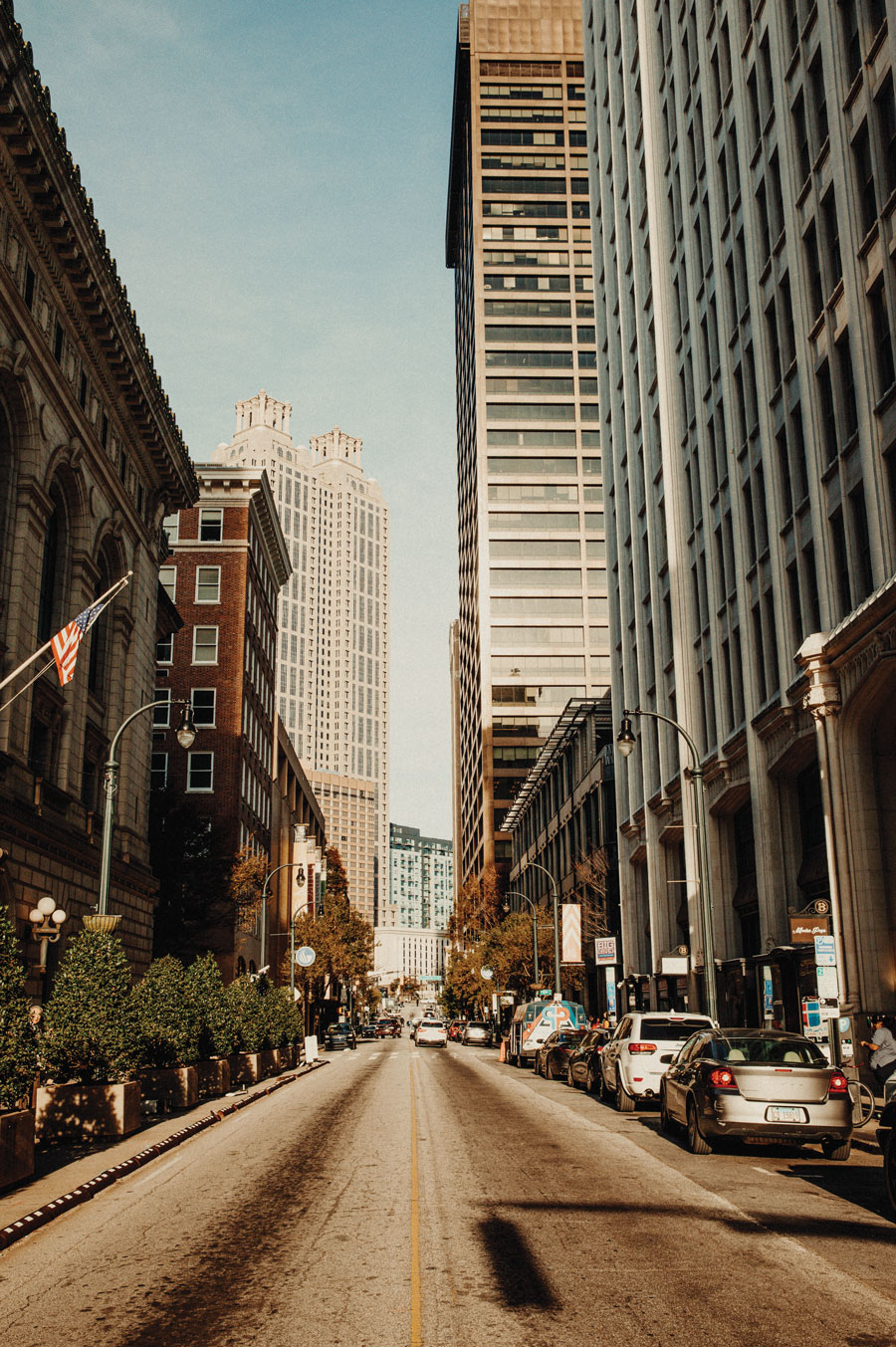
Photograph by Growl
Mental pictures of a place don’t necessarily tell you about a place. They tell you what the person conjuring that place thinks or feels about it.
Those thoughts and feelings are shaped by a cocktail of lived experience, imagination, and media. Picture Paris and you probably see the photogenic central city: the Eiffel Tower, the Arc de Triomphe, or that restaurant where an idealistic rat defies the odds to pursue a career in the food service industry. Visualize New York and you might see Central Park, the Empire State Building, broad Manhattan avenues buzzing with people and taxis, maybe the cops from Law & Order asking a bartender if they recognize the woman in the photo.
What’s your eyes-closed mental image of downtown Atlanta? It might be the blimp’s-eye Mercedes-Benz product placement view from an NFL broadcast; Rick Grimes’s iconic horseback ride into town in the first episode of The Walking Dead that spawned a million Jackson Street selfies; or your child’s wide-eyed joy the first time they looked down on Centennial Olympic Park from the ferris wheel. Maybe it’s a sea of brake lights on the Downtown Connector or the elevated people tubes that keep Peachtree Center’s occupants off downtown’s sidewalks—and keep the people on downtown’s sidewalks away from office occupants.
I worked downtown for 11 years and visited after office hours often when I was Creative Loafing’s entertainment and nightlife columnist. I can conjure mental images that remind me of what I love about it: Broad Street’s sidewalks filling up when the weather’s nice; wiping the condensation off my camera lens in the steamy basement of the old Eyedrum; Aviva’s owner, Kameel Srouji, handing me a tiny sample cup of soup on a cold day and telling me he loves me. I can also conjure bleak images of extreme poverty and civic neglect: boarded-up storefronts, parking lots that eat up entire city blocks, the decades-long failure to get rid of the one-way, high-speed car gutters that make walking around Georgia State University feel like a Frogger metaverse.
Whatever picture you and I may have, a lot of people are investing a lot of money to try to change it. The redevelopment and gentrification waves—they don’t have to be the same thing, though they often are—that have transformed the neighborhoods surrounding downtown since the turn of the millennium are at last coming for our city’s center. One example: The handsome and bricky pre–office tower commercial area south of Five Points is being reimagined as “South Dwntwn,” where two vowels and many more empty storefronts will be replaced by a mix of restaurants, shops, homes, and a marketing strategy trying to make “Let’s go downtown, but not for a ticketed event” seem like a fun idea.
These new real estate developments are preceded by beautiful artist renderings depicting shiny, landscaped, litter-free streetscapes. But who’s invited to be in the new picture? Who will this new downtown be for?
Darin Givens—a former downtown resident whose social media accounts (@ATLUrbanist) offer a thoughtful and constructively cranky rumination on intown Atlanta (read his take on what makes a good downtown here)—says an influx of full-time residents is a must if the small businesses that make up every thriving neighborhood are going to thrive downtown.
The excitement about new development obscures an awkward fact that the city and developers have to reckon with: Downtown already has more buildings than it has people who want to occupy them. It already has more road, rail, and bus capacity than any eastern U.S. downtown south of Washington, D.C. On weekdays, there are plenty of people there. The problem is that, at 5 p.m. on Fridays, the place clears out. Downtown Atlanta is often filled with a large, diverse group of people, but not many of them are residents.
Why has the intown residential influx of the past two decades skipped the part of the city that actually has the physical infrastructure to support growth? Kelly Parry, a downtown resident who sits on the Atlanta Downtown Neighborhood Association board, thinks office tower owners’ interests have thwarted people-friendly improvements. She points to the city’s March 2022 decision to remove a pedestrian lane from Peachtree Street in front of Peachtree Center, a fortress complex infamous for its hostile-to-streetlife elevated people-moving tubes. “If Tim Keane [Atlanta’s recently departed head of planning] can’t say Hey, y’all, let’s pedestrianize this one lane on a street that’s generally dead, then the problem isn’t that we don’t know how to do urbanism, or that there’s no appetite for it. It’s that we have powerful people and a culture actively preventing it,” Parry said.
Bem Joiner, cocreator of Atlanta Influences Everything—both a marketing consultancy and popular assertion of pride in the city’s Black culture—says Five Points was a teenage hangout for him and friends who used MARTA to get around. He says the city should aim to draw young people back and suggests building on GSU’s success bringing students downtown by enticing them to live and work there after they graduate.
Downtown’s advocates want a place they, their friends, and their families can live in. They want what people in Midtown, West End, Alpharetta, Clarkston, and Decatur want: a neighborhood. What they don’t seem interested in is nostalgia, whether it’s Pink Pig–hued memories of Rich’s department store or Sweet Auburn before the Connector split it in two. Downtown’s best days are ahead.
“It’s a common misconception that places need someone to come and dream up what it could be. I think people know what they want it to be and have shown you,” says Rohit Malhotra, executive director of the Center for Civic Innovation. “The question is, are we willing to listen?”
Back to “Who is Downtown Atlanta For?”
This article appears in our January 2023 issue.










![The North Carolina Museum of Natural Sciences’ newest exhibit is a [pre]historic first](https://cdn2.atlantamagazine.com/wp-content/uploads/sites/4/2024/04/DD-3-100x70.jpg)



